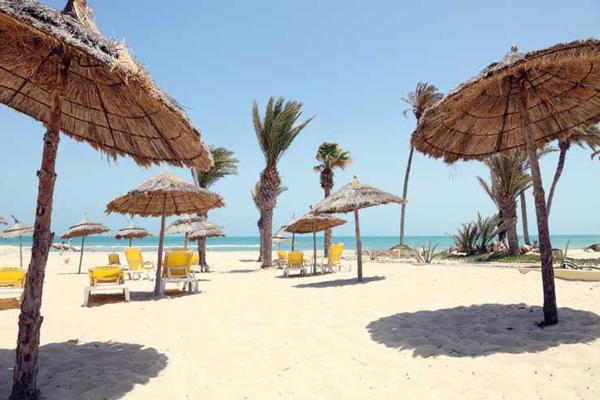Govt seeks views on how to curb cruise ship port emissions
 Gary Noakes
Gary NoakesThe government is calling for evidence about ways to tackle cruise ship emissions in ports.
Plans for the introduction of emissions-cutting shore power at UK ports are being explored by aviation and maritime minister Robert Courts, with views from the industry sought by 25 April.
Currently, berthed vessels must run onboard diesel engines to power lighting, galleys, air-conditioning and other amenities while in port.
The Department for Transport said: “It’s the equivalent of a car or van idling while parked, emitting polluting fumes into the air around ports and contributing to greenhouse gas emissions.
“With shore power, vessels will be able to turn off their engines and plug into onshore power sources when berthed, reducing carbon emissions, noise and air pollution.”
Courts said: “Shore power will end the outdated practice of ships keeping their engines running while anchored in port, reducing the poisonous fumes entering the air and ensuring we meet our net zero 2050 goals.”
Ports have a long way to catch up; with an Oxford Economics Environmental Report for cruise organisation Clia estimating only 14 ports globally have the capability to provide electricity to ships. In contrast, Clia estimates 35% of global cruise ship capacity has the capability, with another 22% set to be retrofitted with the technology.
Tim Morris, UK Major Ports Group chief executive, added: “Shore power has the potential to play a positive part in the future of zero emission maritime, although it is an area that currently faces some significant challenges.
“The Call for Evidence is therefore an important step in finding the right, viable ways that industry, government and networks can work together to support the wider deployment of shore power where it is an appropriate solution.”
Sign up for weekday travel news and analysis straight to your inbox

Gary Noakes
Supplier Directory
Find contacts for 260+ travel suppliers. Type name, company or destination.













